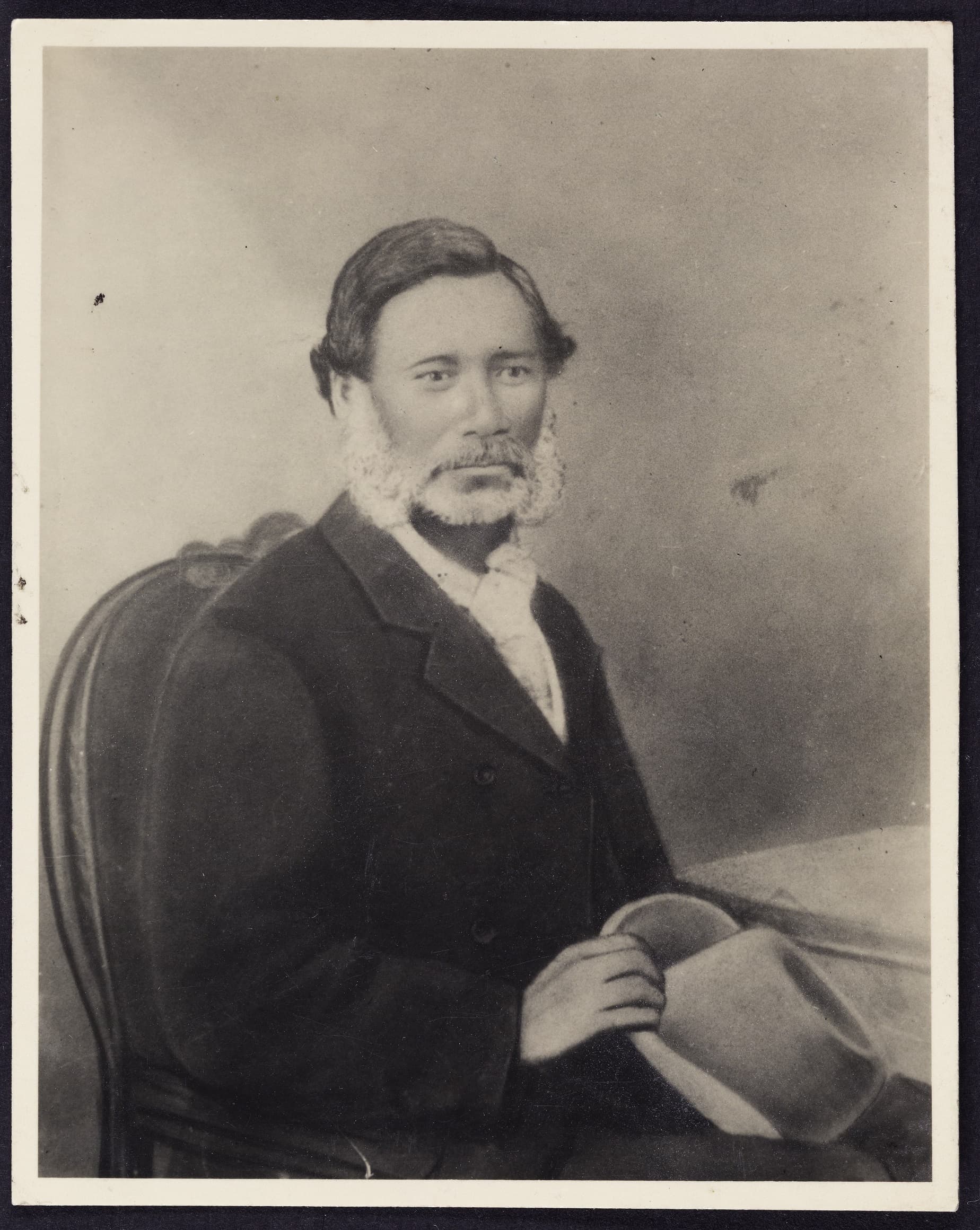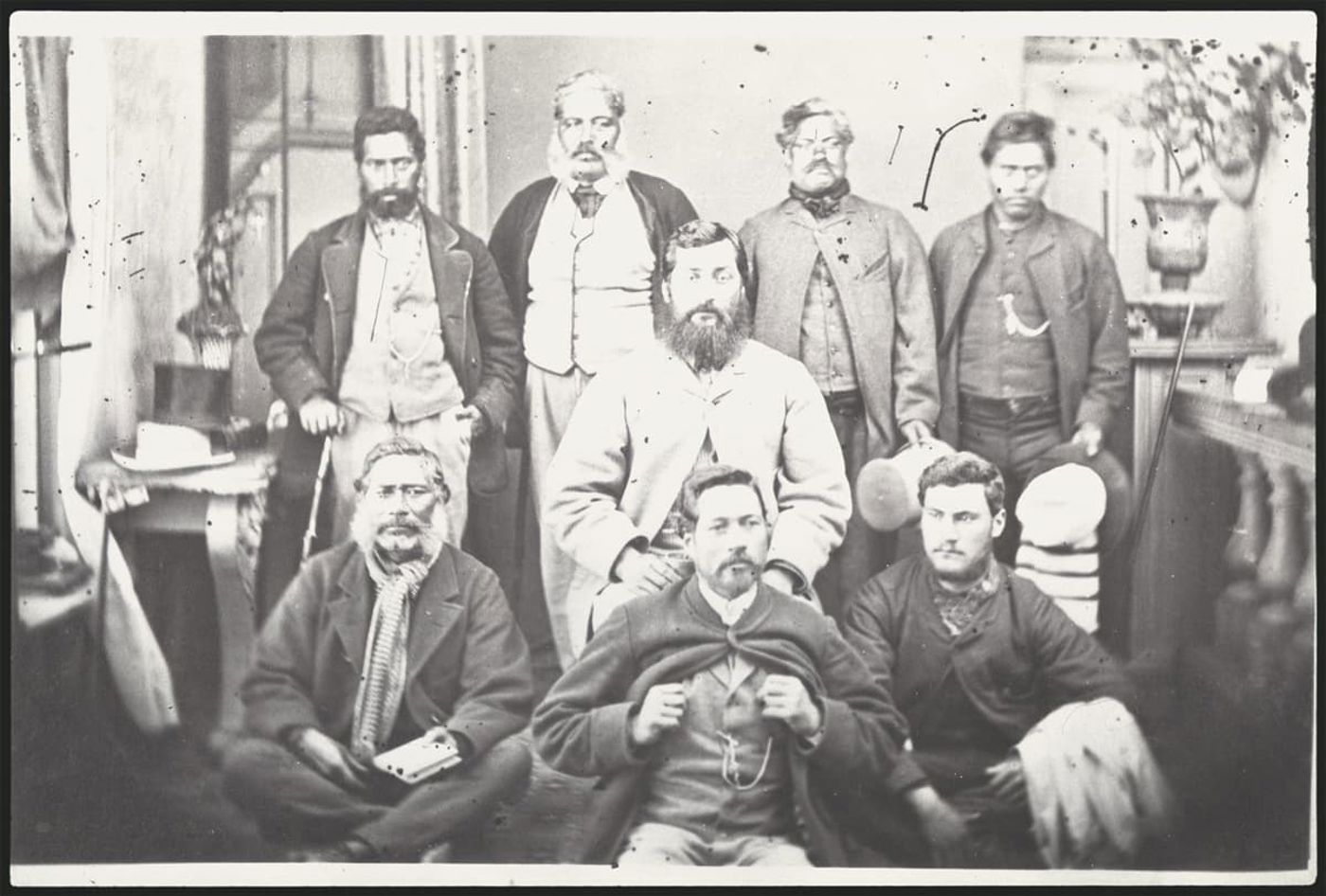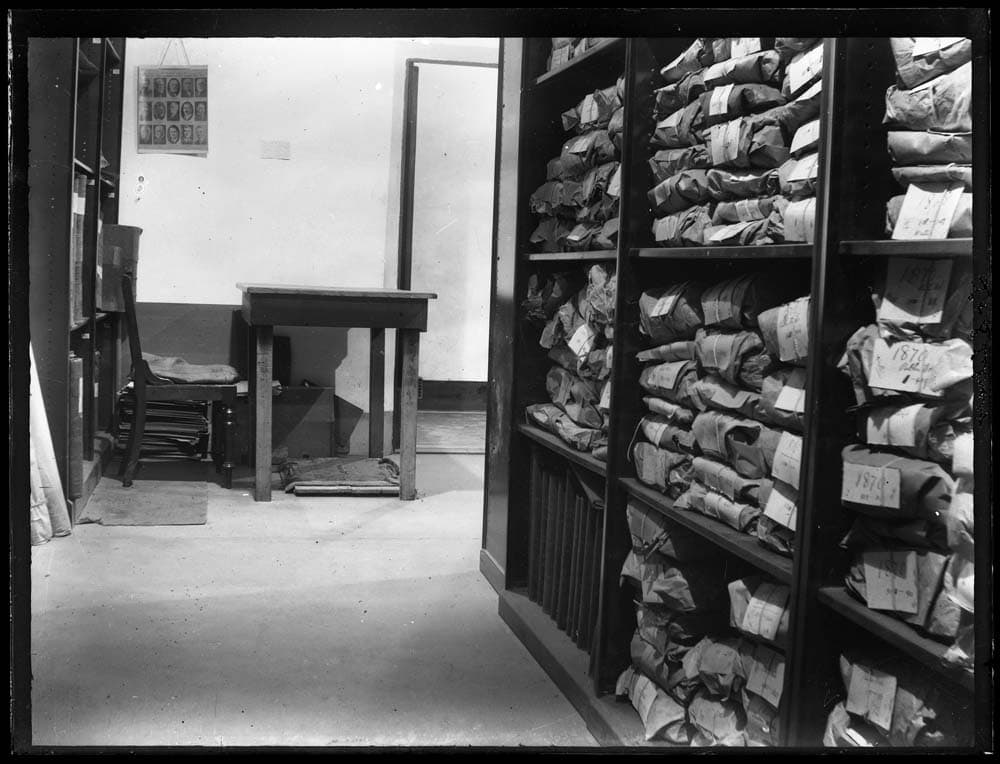Request to Collect Māori Place Names in South Canterbury
When Stevenson Percy Smith was appointed Surveyor General in 1889 he placed an emphasis on the Department of Lands and Survey to actively collect and preserve Māori place names. In 1893 Smith wrote to John William Marchant (Chief Surveyor Canterbury) directing him and his staff to actively undertake this work which led to a flurry of activity in the Christchurch office of the Department.
In 1895 Smith requested that the Chief Surveyor Canterbury allow one of his officers "to visit the natives at the Temuka Pah with the idea of securing the native names of many of the mountains, rivers, passess etc in that neighbourhood …. I have to request that you will take the very first opportunity of carrying out the arrangements made: for every day lost lessens the chance of obtaining that information we are in search of."
This task was passed onto District Surveyor Thomas Noel Brodrick. Appointed to the position in 1888, Brodrick was based at Timaru where he was initially responsible for surveying the mountain boundaries of many pastoral runs. This work necessitated Brodrick to undertake a comprehensive topographical survey and triangulation of most of the eastern side of the Southern Alps.
Brodrick visited Arowhenua pā on several occasions with very little success. As Brodrick described 'the Maoris are so often away from the pah or at least the ones who are said to possess the knowledge that is very difficult to meet them.' Eventually, in September 1898 the people of Arowhenua referred Brodrick to an 'old Māori called Rawiri Te Maire living at the Waihao Pah who might possess the information.'
Brodrick soon travelled by train to the small Ngāi Tahu kāika of Waihao in South Canterbury. He described Te Maire as 'a very old, light-coloured Maori, tattoeed on the right side of his face only'. Although Te Maire was lying ill in a bed on the floor, he was 'in perfect possession of his mental faculties and seemed to like talking of old times'. With Te Maire becoming talkative and son Henare acting as an interpreter and granddaughter Kiti Tau writing the names, Brodrick gathered over 150 Māori place names between Lake Wānaka and Rakaia, including the most detailed account of Māori place names in the lakes Wānaka and Hāwea region, and Te Manahuna (the Mackenzie Basin).
On 25 April 1899 Brodrick sent the Surveyor General, via the Christchurch Office of the Department of Lands and Survey, a tracing which marked the Māori names of the mountains and rivers in South Canterbury provided by Rāwiri Te Maire. Attached with the tracing is a letter in which Brodrick describes how surprised he was of Rāwiri Te Maire's knowledge and how Brodrick knew exactly of the places that Te Maire was describing.







